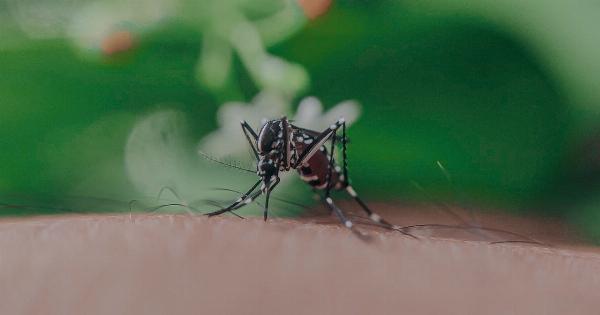Leg hair loss can be a concerning issue for many individuals, especially when it occurs unexpectedly or is accompanied by other symptoms.
While hair loss in general can have various causes, when it specifically affects the legs, it may be linked to circulation troubles. In this article, we will explore the connection between leg hair loss and circulation problems, and what you need to know about this relationship.
What is Leg Hair Loss?
Leg hair loss refers to the partial or complete absence of hair on the legs. Unlike natural hair thinning or temporary hair loss due to shaving or waxing, leg hair loss involves the permanent reduction or disappearance of hair growth on the legs.
This condition can affect both men and women, although it is more commonly reported in men.
The Role of Circulation in Hair Growth
Circulation plays a crucial role in the growth and maintenance of hair follicles. Hair follicles receive vital nutrients and oxygen from the bloodstream, allowing them to produce and sustain healthy hair growth.
When circulation to certain areas, such as the legs, is impaired, it can disrupt the normal hair growth cycle and lead to hair loss.
Causes of Circulation Troubles in the Legs
Various factors can contribute to poor circulation in the legs, including:.
1. Peripheral artery disease (PAD)
PAD occurs when there is a buildup of plaque in the arteries, leading to reduced blood flow to the extremities, including the legs. This condition can decrease circulation to the hair follicles, causing leg hair loss.
2. Diabetes
Diabetes is a chronic condition that can damage blood vessels over time. This damage can impair circulation and negatively impact hair follicles on the legs, resulting in hair loss.
3. Varicose veins
Varicose veins are enlarged, twisted veins that often appear on the legs. They can restrict blood flow and weaken circulation, potentially leading to leg hair loss.
4. Blood clots
Blood clots in the legs, known as deep vein thrombosis (DVT), can block blood flow and disrupt circulation. When blood flow to the hair follicles is compromised, leg hair loss can occur.
5. Raynaud’s disease
Raynaud’s disease is characterized by spasms in the blood vessels, primarily in the fingers and toes. These spasms can limit blood flow to the legs, affecting hair follicles and causing leg hair loss.
6. Obesity
Excess weight puts added pressure on the blood vessels, making it harder for blood to flow effectively. This can impede circulation to the legs and contribute to leg hair loss.
Other Symptoms to Look Out For
In addition to leg hair loss, circulation troubles in the legs may be accompanied by other symptoms, including:.
1. Cold feet
Poor circulation can cause a sensation of coldness in the feet due to inadequate blood flow to the extremities.
2. Numbness or tingling
Reduced circulation can lead to sensations of numbness or tingling in the legs, which can be a sign of nerve damage.
3. Swelling
Inadequate blood flow to the legs can cause fluid retention and swelling, particularly in the ankles and lower legs.
4. Slow wound healing
Poor circulation can impede the healing process, making it difficult for wounds or sores on the legs to heal properly.
Treatment Options for Leg Hair Loss and Circulation Troubles
If you are experiencing leg hair loss or suspect circulation troubles, it is important to consult with a healthcare professional. They can evaluate your symptoms, perform necessary tests, and recommend appropriate treatment options.
Some common approaches to managing leg hair loss and improving circulation include:.
1. Medications
Depending on the underlying cause of the circulation issue, your doctor may prescribe medications to improve blood flow, reduce inflammation, or manage any associated conditions such as diabetes.
2. Lifestyle changes
Adopting a healthier lifestyle can have significant benefits for circulation and hair growth.
Regular exercise, maintaining a balanced diet, managing weight, and avoiding prolonged periods of sitting or standing can all contribute to improved circulation.
3. Compression therapy
Compression stockings or socks can help improve circulation in the legs by applying pressure and supporting blood flow back to the heart. These garments are designed to be worn throughout the day to alleviate symptoms and promote better circulation.
4. Surgical interventions
In some cases, surgical interventions may be necessary to address underlying conditions such as varicose veins or arterial blockages that are negatively impacting leg circulation.
These procedures aim to restore proper blood flow and promote healthier hair growth on the legs.
Seeking Professional Advice
Ultimately, leg hair loss should not be ignored, particularly when it is accompanied by circulation troubles or other concerning symptoms.
Seeking professional advice from a healthcare provider is crucial for an accurate diagnosis and appropriate treatment plan. By addressing both the symptoms and underlying causes, it is possible to promote better circulation and potentially restore hair growth on the legs.





























